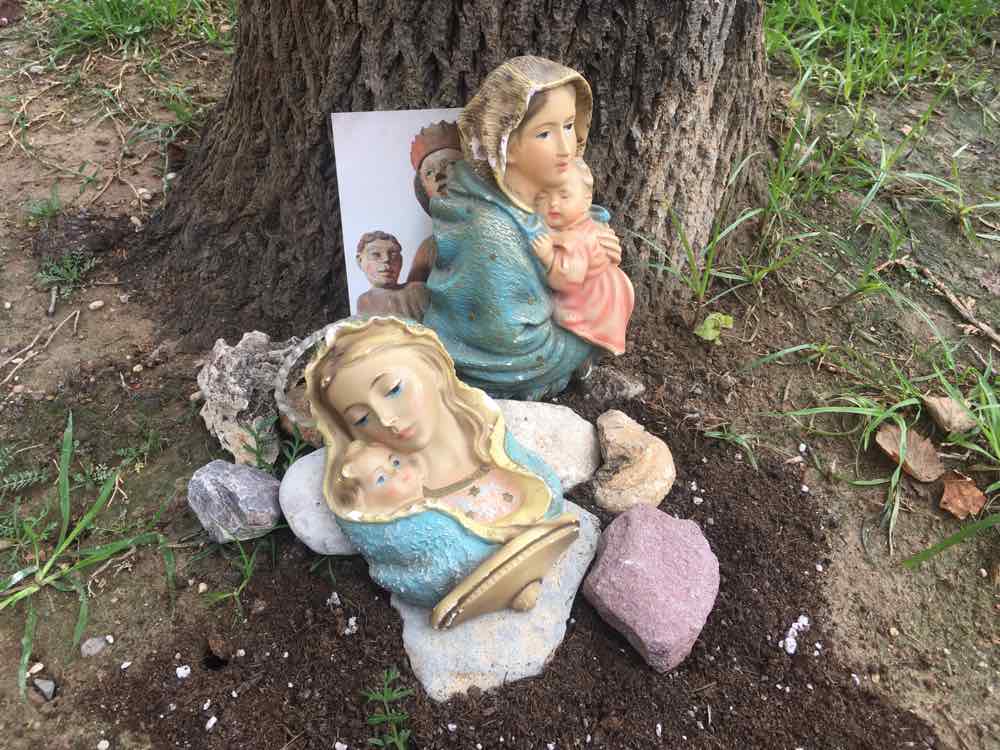OCEANOGRÀFIC TURTLES
Perhaps the most fascinating cafe in Valencia is Beat Brew Bar. It is a calm and cozy place tucked away near the Quart Towers. The couple who run it are delightfully interesting, friendly and welcoming.
Well worth a walk from anywhere in the city, their organic, hand crafted coffee and assorted beverages are sumptuous. Furthermore, this vegan location offers a dozen or so plant based milk substitutes of choice. A truly great space to chill or hold a meaningful

